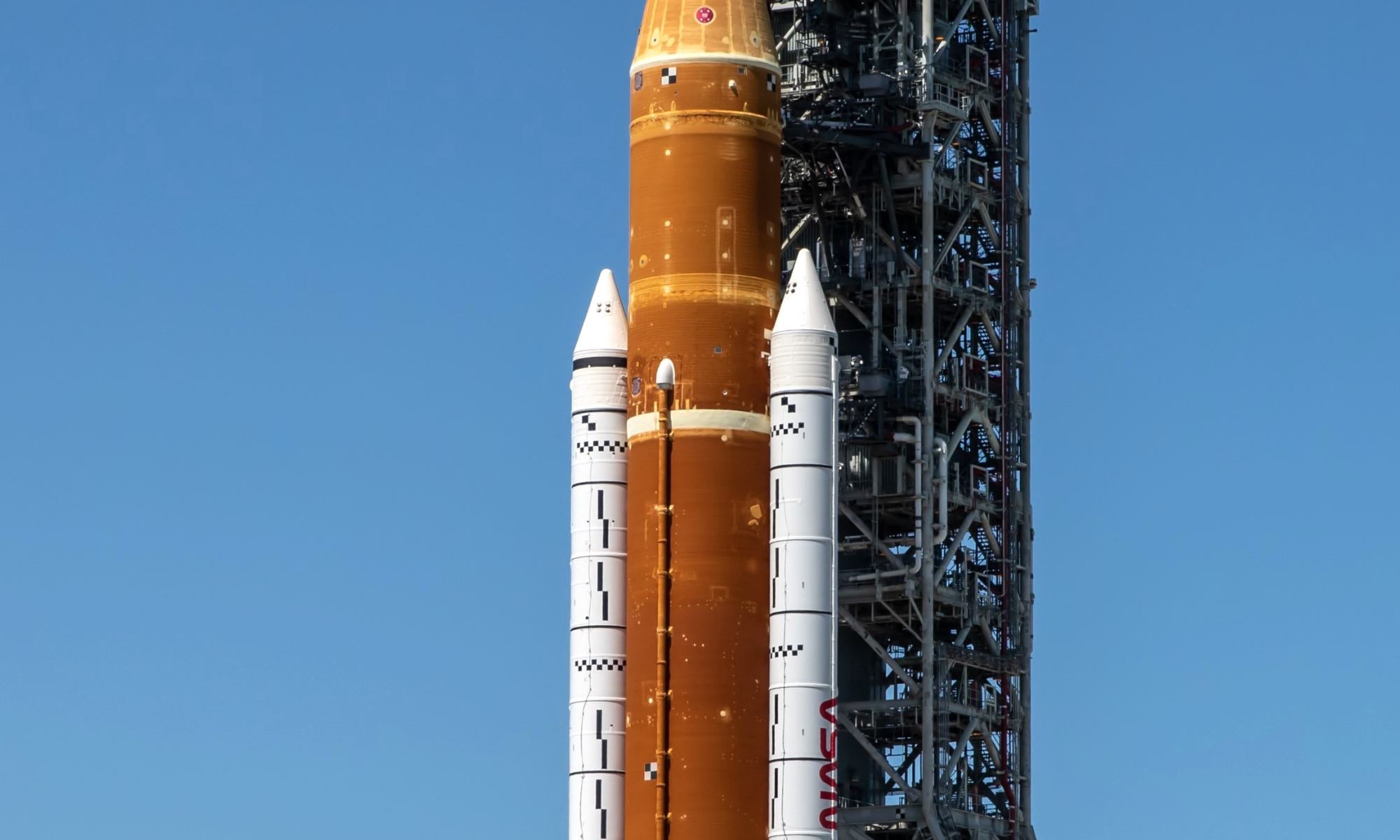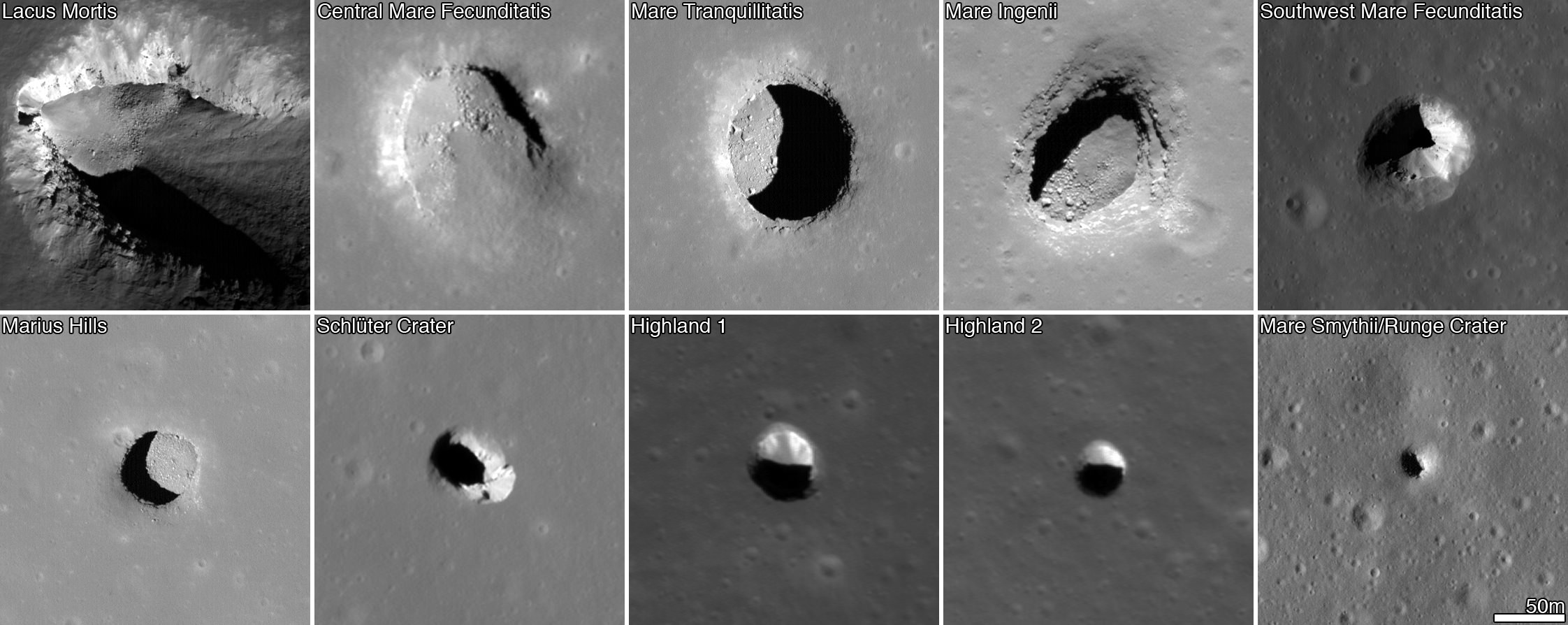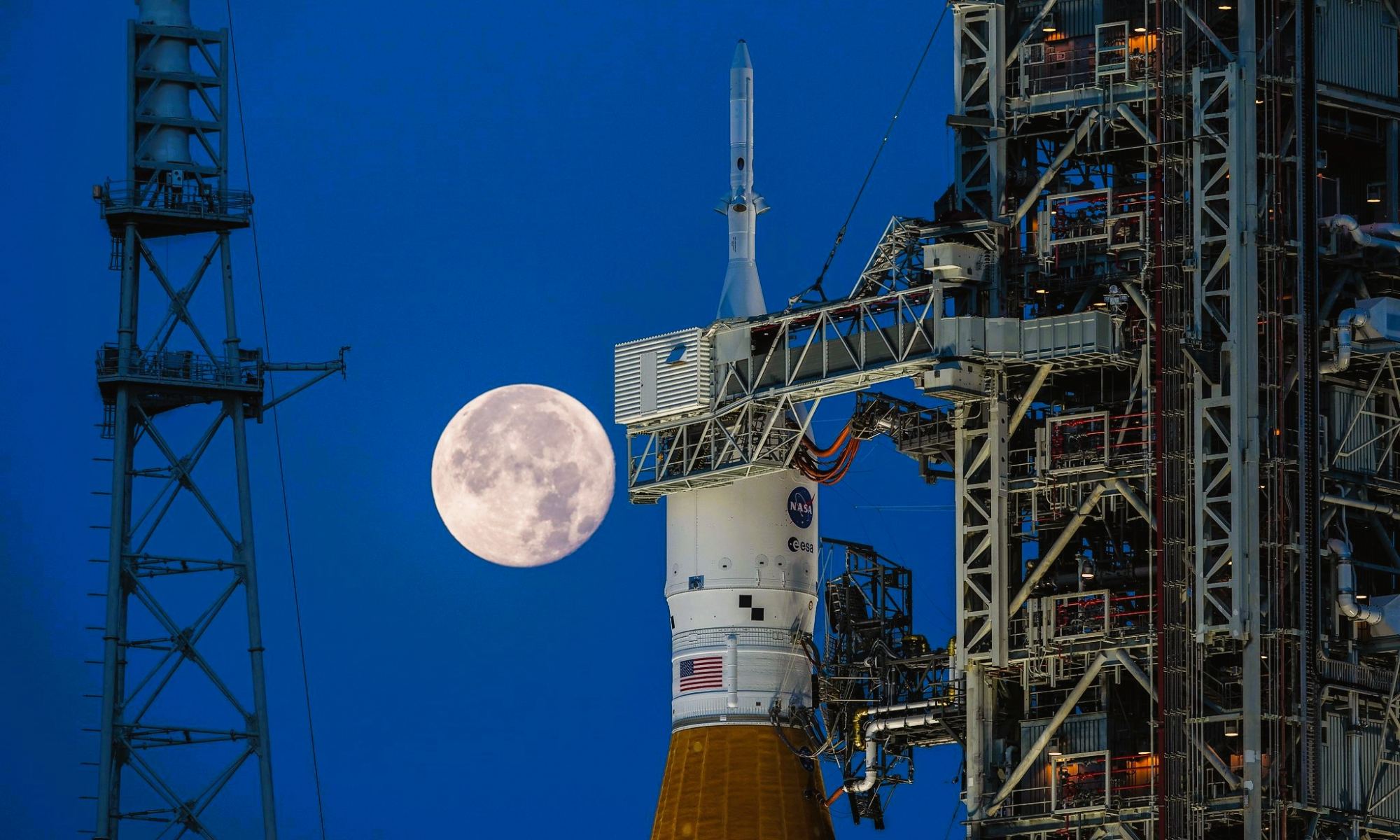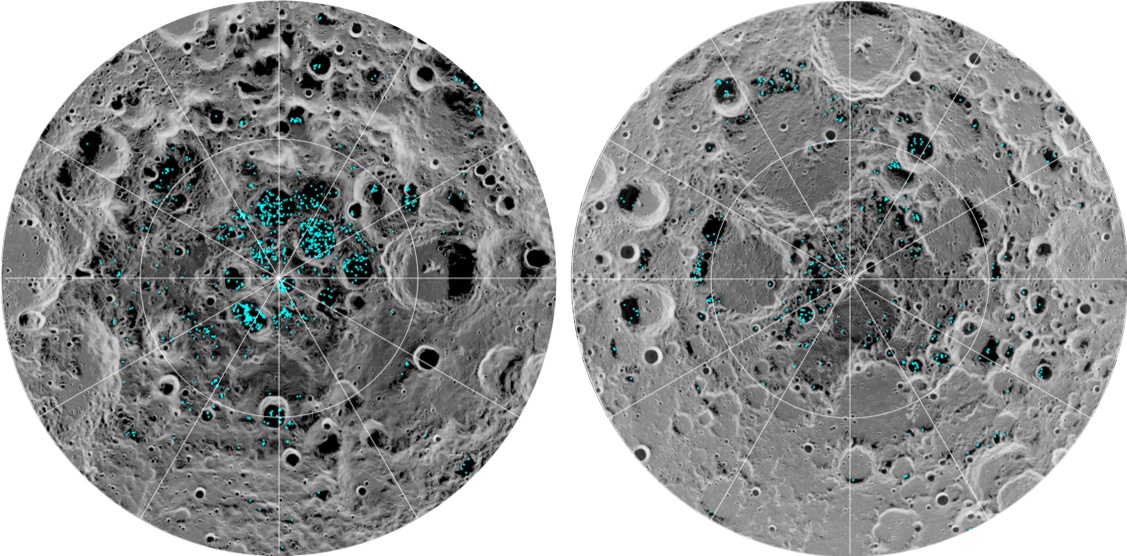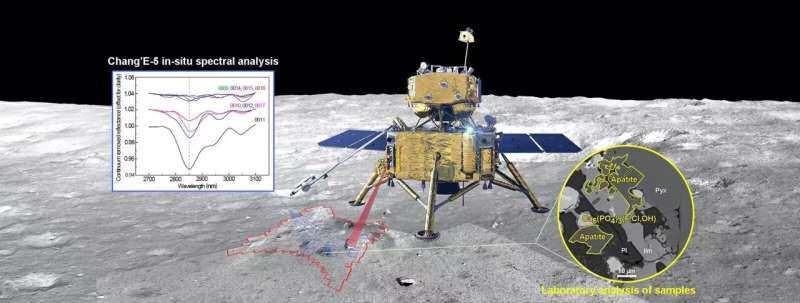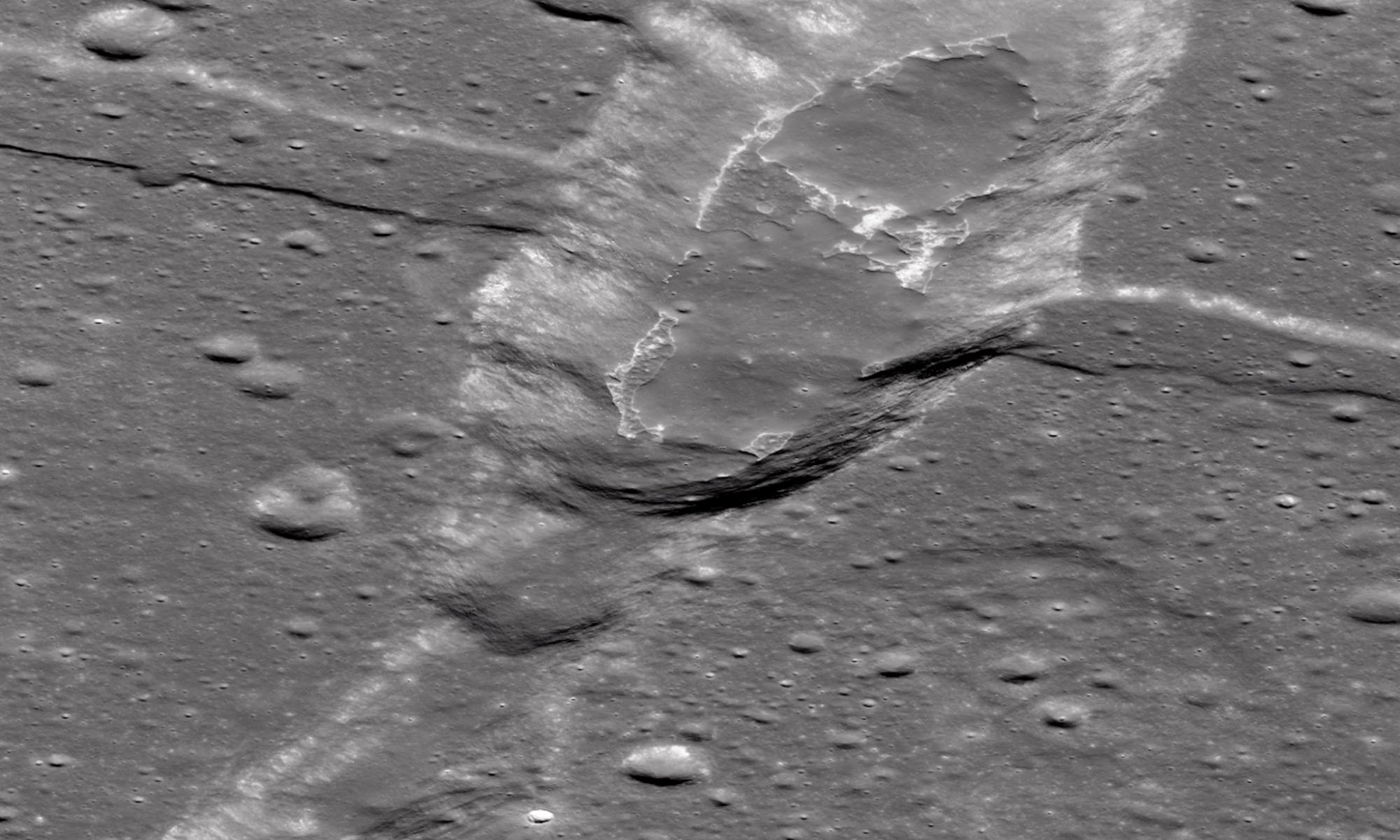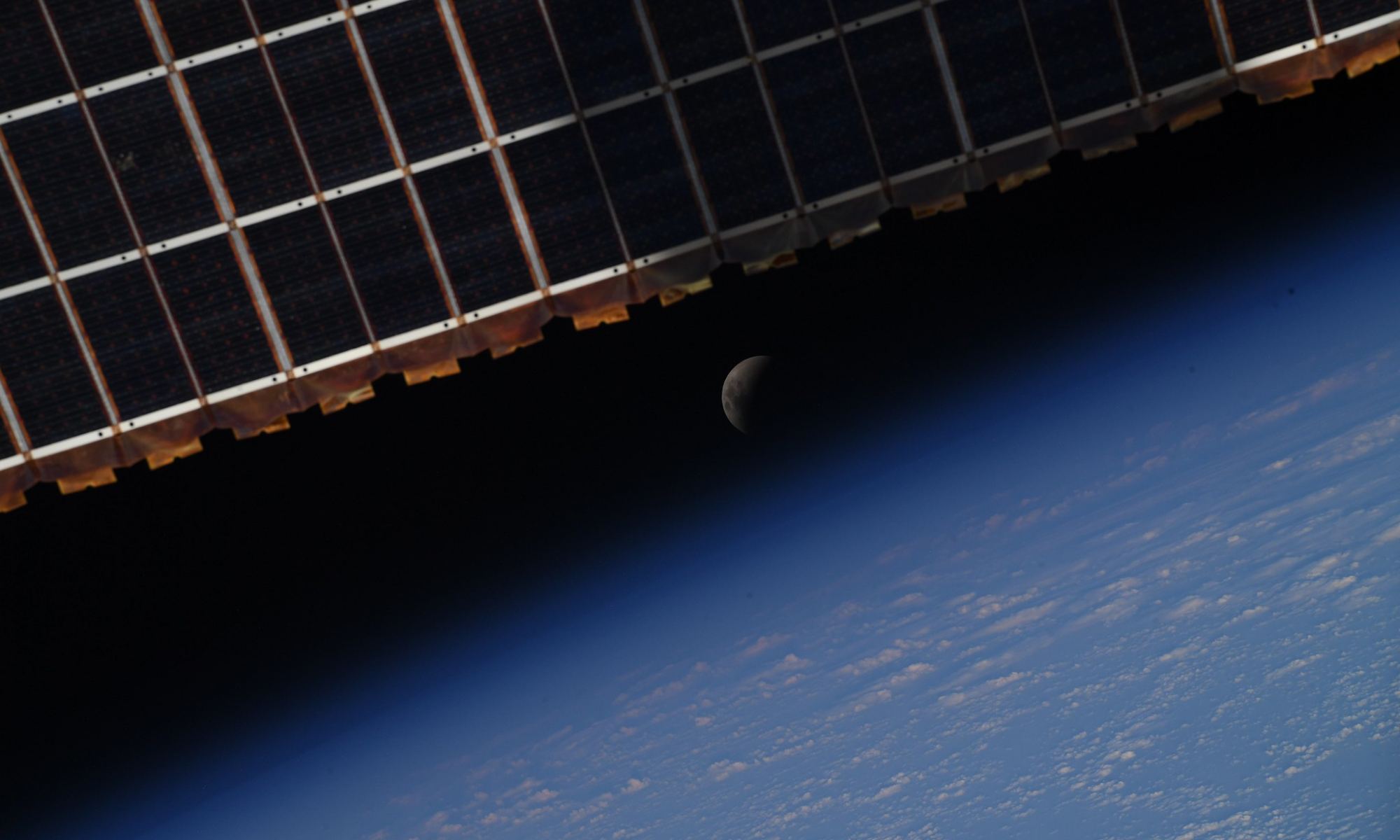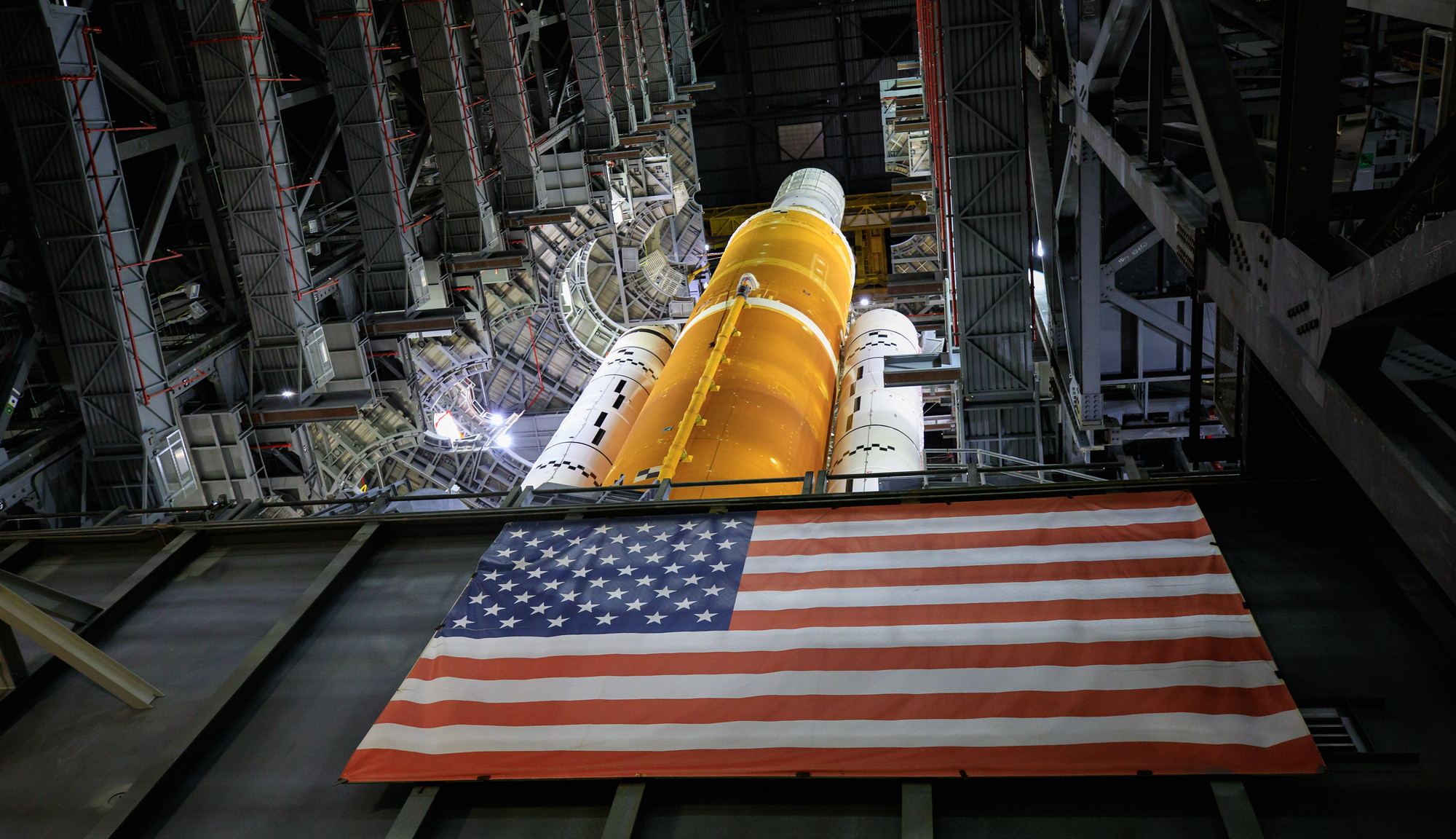NASA has announced tentative placeholder launch dates for its beast of a rocket, the Space Launch System (SLS), on its maiden flight to deep space. While work still needs to be accomplished to ensure its launch, the tentative dates are currently August 29th, September 2nd, and September 5th. While NASA stressed these are not set dates, the announcement nonetheless puts SLS closer than ever to flight.
The maiden launch of the most powerful rocket ever built comes after years of budget increases and delays. Funding for SLS was approximately $1.5 billion in 2011 but has increased almost every year until it hit $2.5 billion in 2021. This came after Congress mandated SLS “operational capability…not later than December 31, 2016”, but has faced countless delays since then due to audits and poor management.
Continue reading “NASA’s Space Launch System Gets Tentative Launch Date of August 29th”
